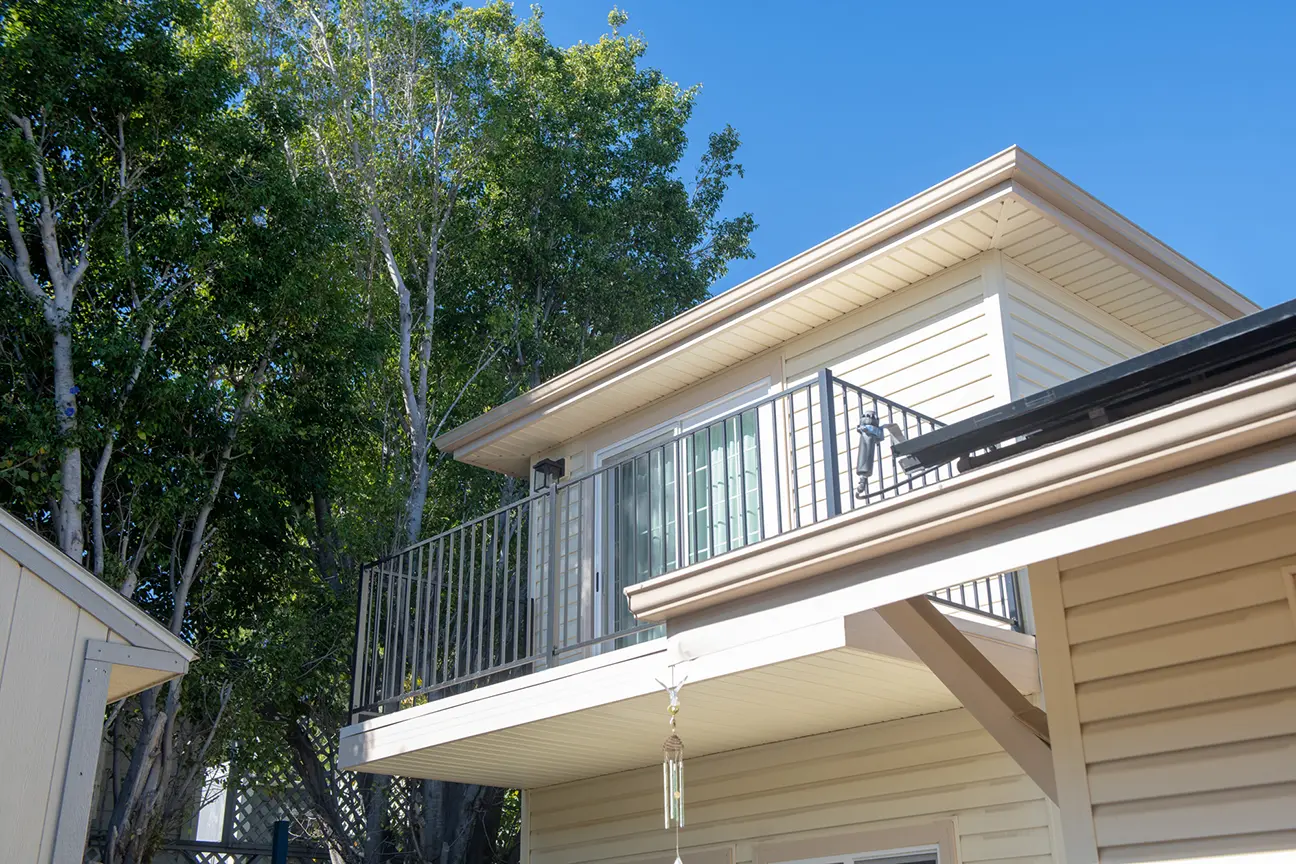
Accessory Dwelling Units (ADUs) are becoming increasingly popular in San Diego County as a solution to the housing crisis. These versatile residential units, also known as granny flats or in-law suites, provide homeowners with an affordable, efficient, and flexible option to accommodate extra living space for family members or generate rental income.
ADU builders in San Diego County can design and construct custom ADUs tailored to individual property needs and preferences, ensuring sustainable, compliant, and aesthetically pleasing structures.
Understanding the rules and regulations governing ADUs in San Diego County is essential to navigate the permitting and building process.
San Diego County has established specific guidelines for ADU size, eligibility, zoning, setbacks, residential areas, and parking regulations. These rules are designed to maintain local neighborhood character while promoting sustainable, affordable housing options for residents.
In San Diego County, accessory dwelling units (ADUs) and junior accessory dwelling units (JADUs) are becoming increasingly popular as a way to increase housing options. If you’re considering adding an ADU or JADU to your property, it’s essential to understand the general regulations and eligibility requirements.
Firstly, you should be aware of the difference between an ADU and a JADU. An ADU is a fully independent dwelling unit with its own parking, kitchen, bathroom, and sleeping area. At the same time, a JADU is a smaller unit created within the existing space of a single-family dwelling. JADUs typically share a bathroom with the primary residence and have a basic kitchen.
For both ADUs and JADUs, you must meet several requirements. Your property must be zoned for either single-family or multifamily use. In addition, ADUs and JADUs are only allowed on lots with a primary residential unit.
As for size restrictions, ADUs cannot exceed 1,200 square feet, while JADUs are limited to 500 square feet. However, setback requirements may affect the maximum size of your ADU or JADU. It’s essential to consult with your local planning department to understand these regulations.
Regarding parking, generally, one off-street parking space is required for each ADU, while JADUs do not require additional parking. However, if your property is within a certain distance from public transit, the parking requirement for your ADU may be waived.
It’s important to note that once you build your ADU or JADU, you cannot sell it separately from the primary residence. That means that both units must remain on the same parcel and under the same ownership.
In conclusion, be sure to consult with the City of San Diego or your local planning department for detailed information on ADU and JADU regulations, as well as any additional requirements specific to your property.
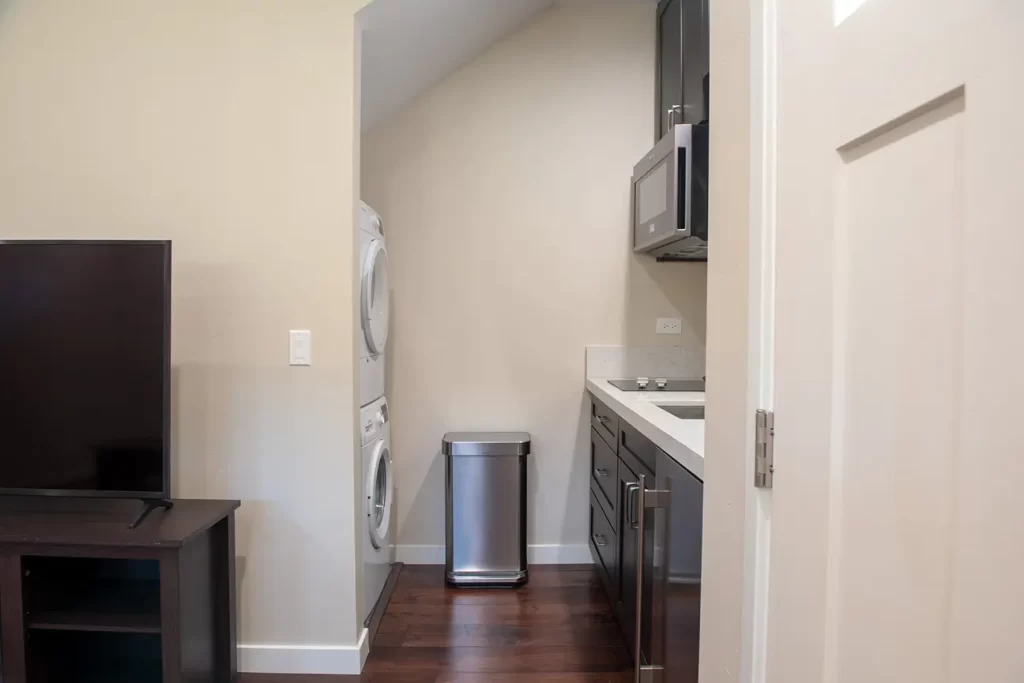
When planning to build an accessory dwelling unit (ADU) in San Diego County, it’s essential to understand the zoning and setback regulations. These rules apply to both detached ADUs and attached ADUs.
You may develop one ADU and one junior ADU (JADU) for a lot zoned for single-family residences. Lots with existing or proposed multifamily residential units may add up to two detached ADUs, convert existing habitable space into ADUs in a number equal to 25% of the total existing unit count, and convert existing non-habitable spaces into ADUs as well.
Setback regulations are vital because they determine the distance between property boundaries and buildings. As per San Diego County’s requirements, a minimum setback of at least 4 feet from the side and rear lot lines is required for an ADU being constructed above a permitted detached accessory structure. If your lot is a corner lot, the exterior side yard setback must be at least 4 feet from the edge of the easement, street, or property line.
It’s important to note that these zoning and setback rules may vary depending on your property’s specific location within San Diego County, so it’s always best to check with your local planning department before moving forward with your ADU project. Understanding and adhering to these regulations ensures that your ADU complies with the necessary guidelines and contributes positively to your community.
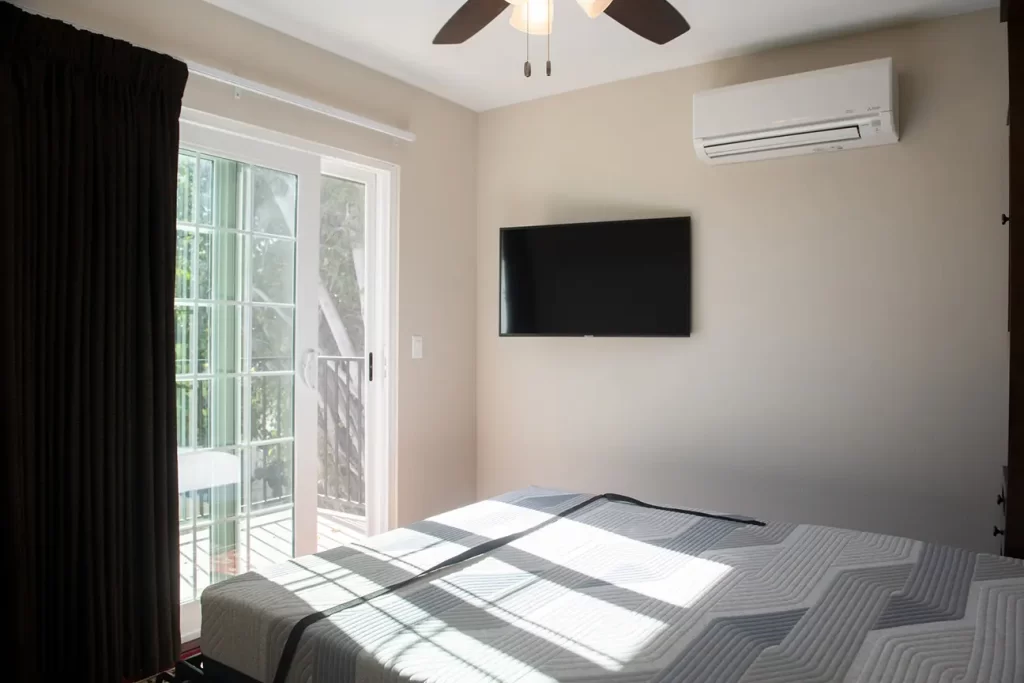
It is essential to understand the process for obtaining a permit to build an Accessory Dwelling Unit (ADU) in San Diego County. Firstly, you need to conduct thorough research and plan your project accordingly. Familiarize yourself with the local zoning regulations, building codes, and any specific requirements the City of San Diego sets. The City Planning Department is a good starting point.
When you’ve completed the planning stages, you will need to obtain a building permit from the City of San Diego. The Information Bulletin provides guidance on the city’s requirements for constructing ADUs and Junior ADUs (JADUs). Consult the guidelines to ensure your project complies with the rules.
There will be a plan check fee associated with your ADU permit application. The fee covers the cost of reviewing your plans to determine whether they meet the standards set by local regulations and codes. Remember that plan check fees may vary depending on the size and complexity of your project.
During the review process, the city’s planning and development department will assess your submitted plans. The pre-screen process is meant to identify any issues that must be addressed before your project can proceed. Ensure all the necessary documentation is submitted correctly to avoid delays or rejections.
Once your project has received approval, pay close attention to the conditions and requirements of the permit. Ensuring the construction follows the approved plans and complies with all applicable codes and regulations is crucial.
In summary, obtaining a permit for an ADU in San Diego County involves research, planning, submitting plans, paying plan check fees, and following the guidelines provided by the city. By staying informed and following the rules, you’ll be well on your way to constructing your ADU, adding additional living space for yourself or others in the community.
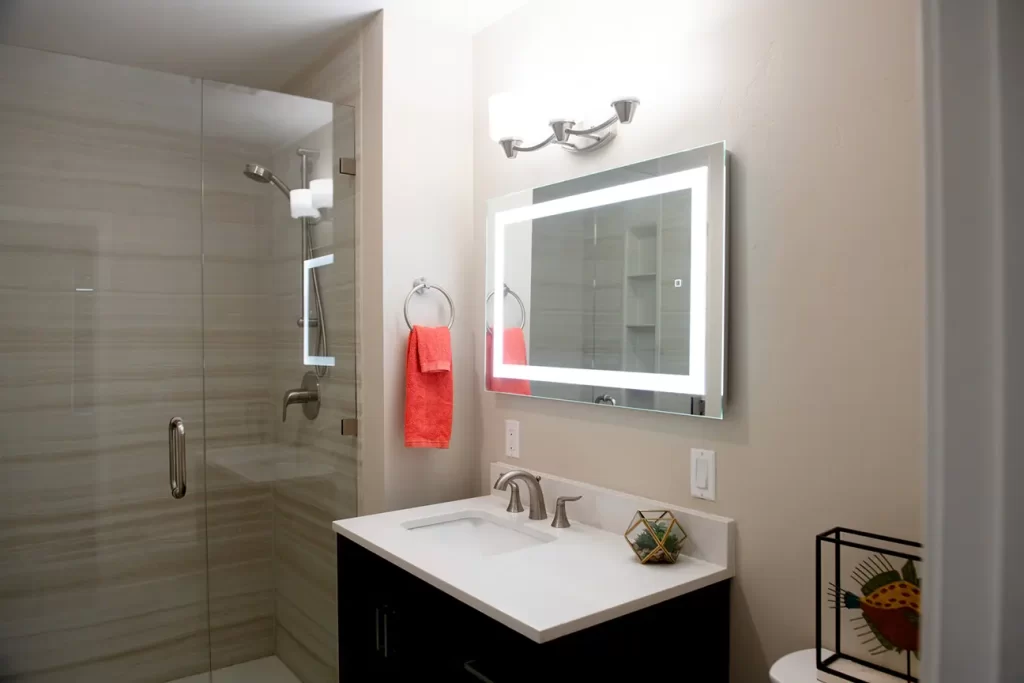
When considering building an ADU in San Diego County, it’s essential to understand specific rules and regulations. First, you’ll need to verify that your lot is zoned for residential use with an existing or proposed single-family dwelling, which allows the addition of one Accessory dwelling unit (ADU) and/or one Junior Accessory Dwelling Unit (JADU).
If your property qualifies, consider whether you will build a detached or attached ADU. Detached ADUs are separate structures from the main house, whereas attached ADUs are connected to the primary residence. Converting existing habitable areas like a garage or an unused room is another popular option for creating an ADU or JADU.
It’s important to remember that ADUs are required to provide complete independent living facilities. That includes a separate entrance, a kitchen, a bathroom, and a living area. Non-habitable areas, such as storage spaces or unoccupied rooms, can be converted into habitable areas for an ADU, but they must conform to the necessary requirements.
When constructing a new ADU, consider any applicable demolition and reconstruction work that may be needed. For instance, if you plan to convert a garage into an ADU, it may require a total makeover to meet the requirements for a habitable living space.
Additionally, when building an ADU or JADU in the City of San Diego, you must obtain a building permit to ensure the proposed construction complies with the city’s requirements, such as size, setbacks, height, and parking.
In summary, when planning to construct an ADU or JADU in San Diego County, make sure to review the zoning requirements, construction rules, and permit regulations. Always remember to adhere to building standards and provide adequate living facilities within your ADU or JADU.
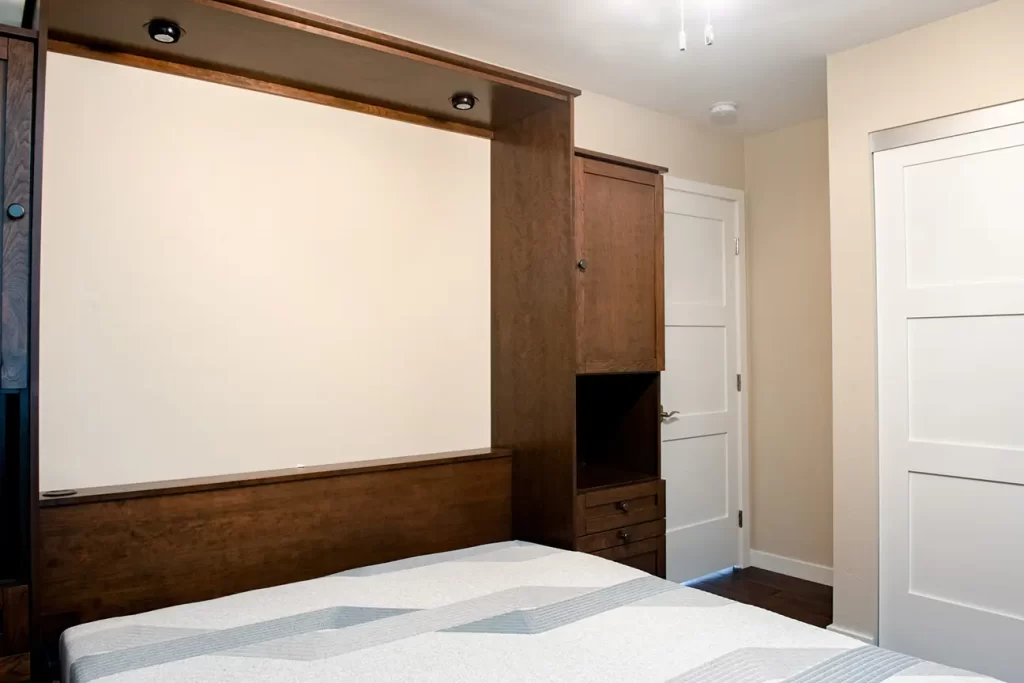
When it comes to ADUs in San Diego County, there are specific parking regulations that you should be aware of. Understanding these rules will help you plan and build your ADU in compliance with local laws.
One crucial aspect to consider is the replacement of parking spaces. If you demolish a garage, carport, or covered parking structure to construct an ADU or convert it into one, you don’t need to replace the parking spaces. Additionally, no parking space is required for the ADU if it is located within one-half mile of public transit.
For ADUs in the front yard setbacks, they must not block the driveway or access to the two required off-street parking spaces for the existing single-family dwelling (SFD). However, if you provide two replacement off-street parking spaces, this restriction doesn’t apply. According to the County of San Diego, accessory structures or patios attached to an ADU must also comply with required exterior side yard setbacks when applicable.
As you plan your ADU, consider the variety of parking solutions available. You may opt to use mechanical lifts to maximize space or explore other off-street parking alternatives to meet requirements. If you’re building an ADU in a coastal area, be aware that San Diego has specific parking exemptions for coastal zones, which may affect your project.
In conclusion, when planning your ADU project in San Diego County, it’s essential to understand and adhere to local parking regulations. Doing so will ensure your project complies with the law and creates a functional living space for your future occupants.
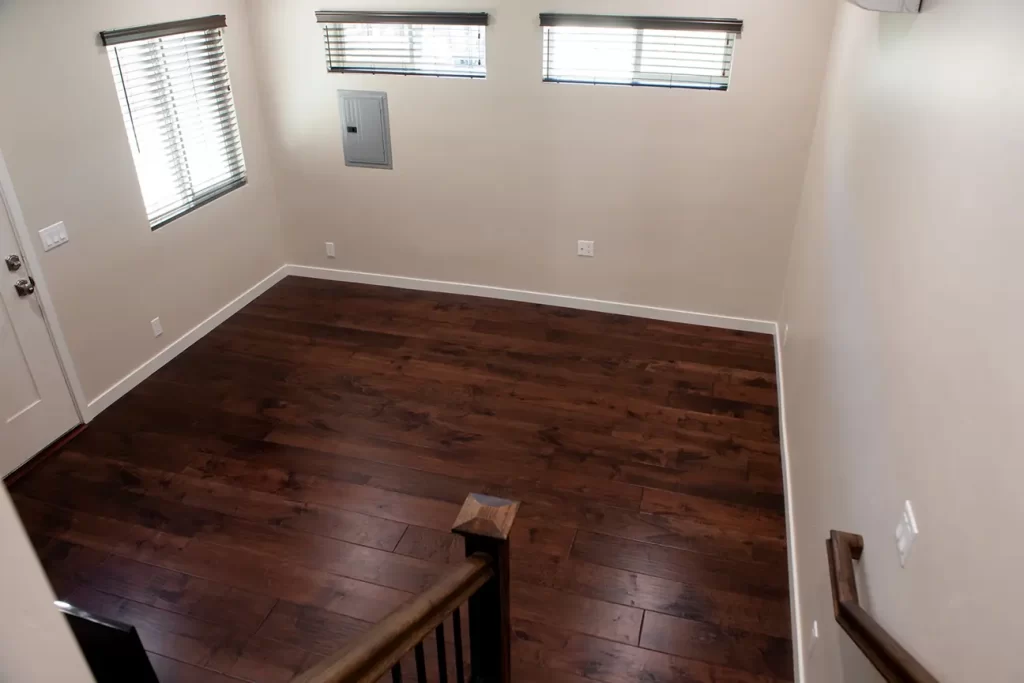
In San Diego County, the rules for Accessory Dwelling Units (ADUs) apply to various residential areas and neighborhoods. If you own a residential lot, you may be allowed to build an ADU or Junior Accessory Dwelling Unit (JADU), depending on the zoning. ADUs provide independent living areas, offering an opportunity to create additional housing in single and multifamily properties.
You may build one ADU (attached or detached) for single-family residential lots and one JADU with an owner-occupancy requirement. Additionally, you can create an income-restricted affordable ADU and another bonus ADU at market rates as long as everything conforms to the underlying zoning requirements on lot coverage.
In multifamily properties, lots with existing or proposed multifamily residential units may add up to two detached ADUs, convert existing habitable space to ADUs equal to 25% of the total existing unit count, and convert existing non-habitable spaces into ADUs.
Generally, ADUs are allowed in zones that permit residential use.
To determine if your property is eligible for an ADU or JADU, you should consult the San Diego Municipal Code (SDMC) Zone Designations:
By understanding the rules for ADUs in San Diego County, you can make informed decisions about potential additions to your property. Always consult the latest zoning regulations and requirements before proceeding with constructing an ADU or JADU in your neighborhood.
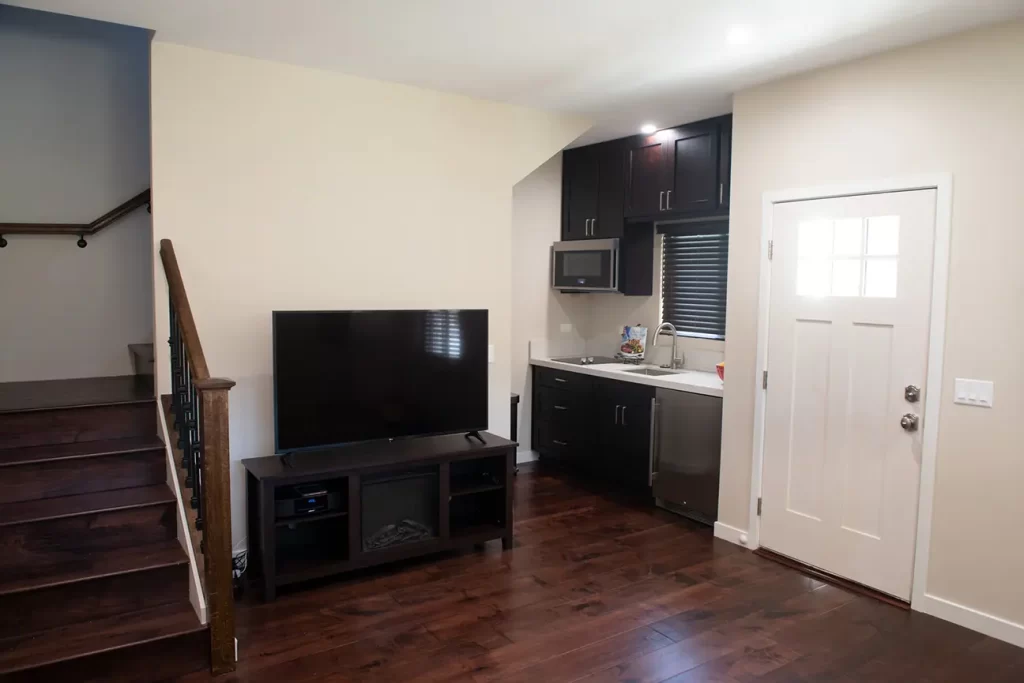
In San Diego County, the Accessory Dwelling Units (ADUs) rules are primarily governed by the City of San Diego’s Official Website and are subject to California state law. You will find that the City of San Diego has updated its ADU and Junior Accessory Dwelling Unit (JADU) regulations several times in recent years, with the most recent changes in 2020.
Regarding ADUs in the coastal zones, you should be aware of the additional applicable regulations. The California Coastal Commission plays a significant role in influencing local ADU rules. As a result, ADU construction in these zones is no longer exempt from city review. In such cases, a developer must go through a process similar to a building permit, though the city will not allow any appeals.
Additionally, you must pay attention to the various neighborhood and zoning-specific rules. For example, ADUs located in the coastal overlay zone must comply with the sensitive coastal bluffs regulations, coastal beaches regulations, and supplemental regulations in the coastal overlay zones. Furthermore, ADU and JADU structures must follow the base zone’s front yard and street-side yard setbacks.
In San Diego County, you may build one ADU (attached or detached) and one Junior ADU on single-family residential lots. However, be mindful that the Junior ADUs come with an owner-occupancy requirement.
It’s essential to stay up-to-date with any changes at city and state levels to comply with regulations. By understanding the specific requirements for your property, particularly if it’s in a coastal zone or transit priority area, you can ensure a smooth and successful ADU development process.
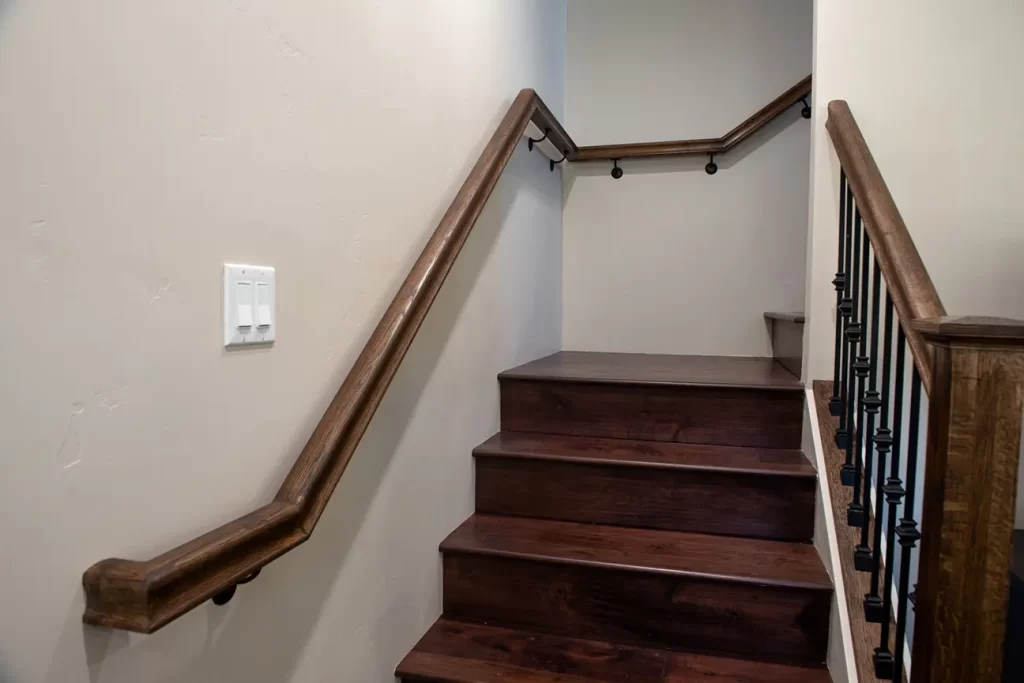
When planning to build an ADU in San Diego County, it is essential to consider the various costs and expenses involved. Firstly, you should expect to pay plan check fees for the design review and approval. These fees vary depending on the size and complexity of your ADU project.
Another critical factor affecting your budget is the construction cost, ranging from around $550 to $650 per square foot in San Diego. For an accurate estimate, consult a contractor who can provide detailed quotes based on your requirements.
In addition to construction costs, you’ll also need to budget for development impact fees. These fees vary by municipality and help cover the increased burden on infrastructure, services, and amenities resulting from new development in the area. General plan maintenance fees may also be applicable, contributing to the ongoing upkeep of the region’s infrastructure planning efforts.
Regarding financing options, you can explore construction loans designed explicitly for ADU projects. These loans provide funds for construction and can be refinanced into a traditional mortgage once the project is completed.
Remember that building an ADU can contribute to housing affordability in your community. When designed and constructed correctly, ADUs provide a valuable source of additional rental income and help alleviate the strain on the housing market.
It’s important to note that some additional costs may arise, such as utility upgrades, design fees, and solar panel requirements. Depending on your property’s specific needs, these expenses can add anywhere from $20,000 to $50,000 or more to your project. By carefully accounting for these costs and working with experienced professionals, you can create a successful ADU project while staying within your budget limitations.
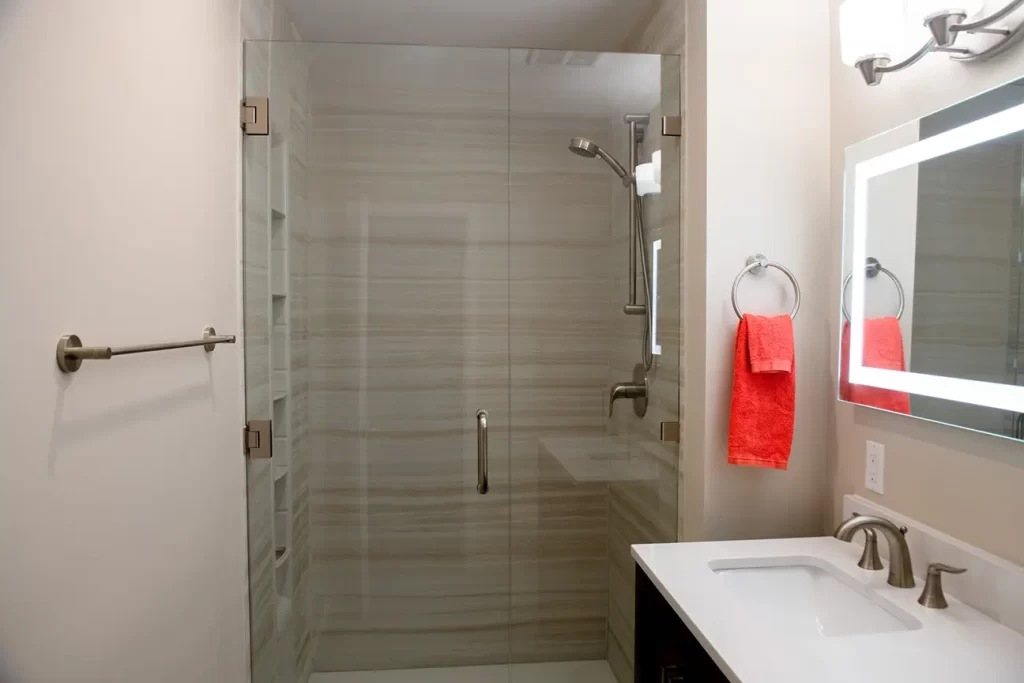
In San Diego County, one solution to housing affordability and providing more options is the development of Accessory Dwelling Units (ADUs). By constructing ADUs, homeowners can increase housing options in their neighborhoods, allowing for more affordable ADUs and accommodating diverse needs such as senior citizens seeking independent living arrangements or those needing permanent housing solutions.
ADUs provide homeowners and tenants with a cost-effective, versatile housing choice. For example, you can utilize these dwelling units as an affordable housing option for family members, caregivers, or renters. Additionally, cities in San Diego County have been promoting ADU construction to create more independent living facilities.
To make ADUs more accessible, some municipalities in San Diego County offer pre-approved building plans to facilitate the construction process. In Encinitas and Carlsbad, homeowners can take advantage of these plans to save time and money on their projects. Additionally, programs like the San Diego Housing Commission’s ADU Pilot Program help homeowners understand the process of constructing ADUs.
Regulations for ADUs in San Diego County ensure that they are built with consideration for the surrounding community. For instance, there are requirements in place for larger separations between ADUs and property lines, the planting of more trees on properties with ADUs, and the imposition of other restrictions to maintain the character and aesthetics of residential neighborhoods.
In summary, ADUs serve as a practical solution to various housing issues in San Diego County. By promoting their construction and providing resources for homeowners interested in building them, the county can address the growing need for affordable housing, independent living facilities, and other permanent housing solutions. Keep these tips and resources in mind as you explore the potential of adding an ADU to your property.
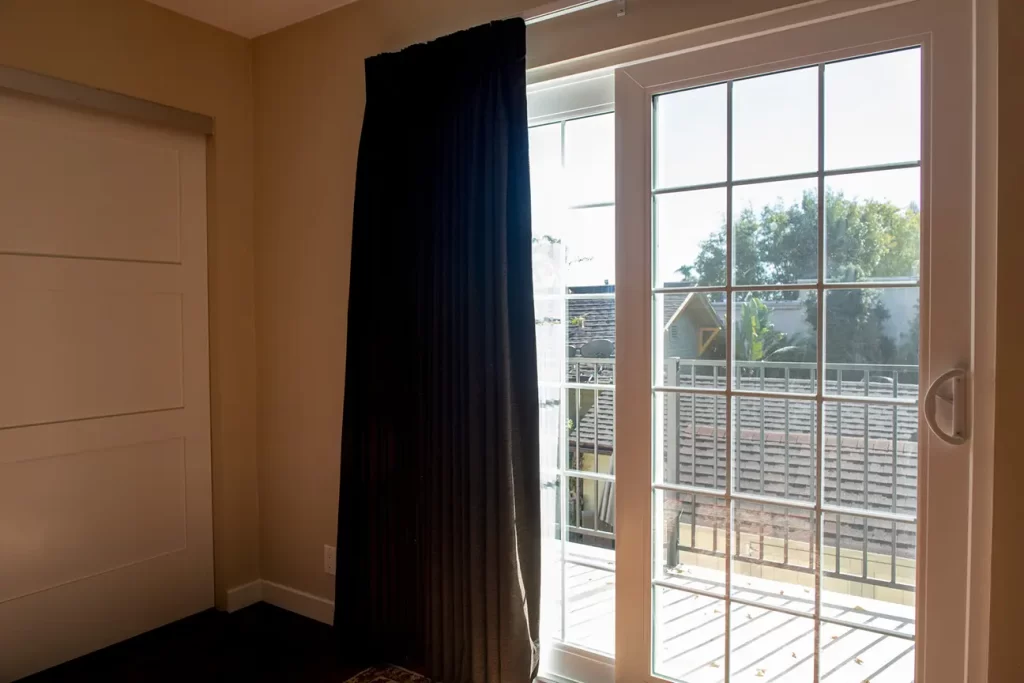
Understanding the municipal code and legal regulations is essential for a successful project when it comes to Accessory Dwelling Units (ADUs) in San Diego County. In San Diego, ADUs and Junior Accessory Dwelling Units (JADUs) have specific guidelines and requirements outlined in the San Diego Municipal Code Chapter 14, Article 1, Division 3.
Firstly, it’s important to note that a minimum lot size is not required for constructing an ADU or JADU. They are also not subject to the density limitations for the premises. However, the gross floor area of an ADU and JADU must be included in the floor area ratio for the premises.
As for the California Building Standards Code, it applies to the construction of ADUs and JADUs just as it would for any other residential structure. That means all safety, structural, mechanical, plumbing, and electrical requirements outlined in the code must be met during construction or conversion.
The California Building Code, abbreviated “CBC,” is a part of the California Building Standards Code, which applies to ADUs and JADUs projects. Moreover, ADUs and JADUs must also adhere to local zoning, development regulations, and design review guidelines.
Specifically, single-family lots with an existing or proposed single-family dwelling may develop one ADU and one JADU. In contrast, lots with existing or proposed multifamily residential units may add up to two detached ADUs, convert existing habitable space to ADUs, and convert some non-habitable spaces to ADUs under certain conditions, as mentioned on the City of San Diego’s Official Website.
A final piece of advice would be to consult with the local planning department and building officials before starting your ADU project. This way, you can ensure that your plans comply with all current codes and regulations while also getting valuable information about any specific requirements for your area.
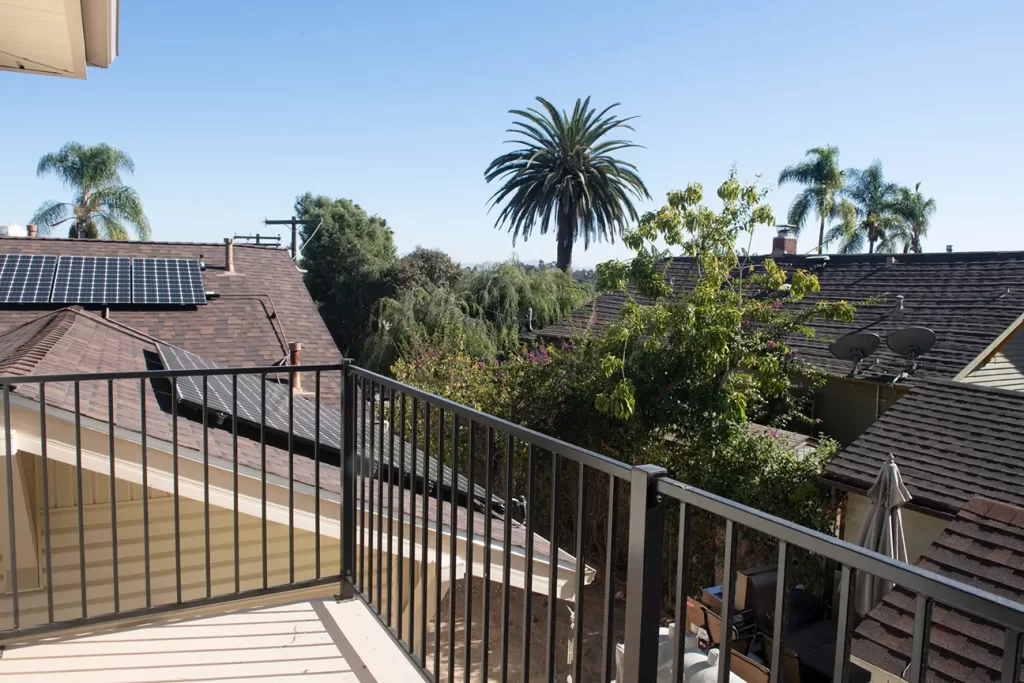
To build an ADU in San Diego County, you need to apply for a permit with the Planning & Development Services department. The process involves submitting plans and documents for review and obtaining various departments’ approval. You can start by reviewing the ADU requirements provided by the SanDiegoCounty.gov website.
The cost of ADU permits in San Diego varies based on factors like size, location, and design. It is advised to contact the Planning & Development Services department for specific information on permit fees.
Setback requirements for ADUs in San Diego County can differ based on the type of ADU, whether it is attached or detached, and the specific zoning regulations of your property. The San Diego County ADU Requirements PDF contains a detailed list of setback requirements.
Yes, there are height restrictions for 2-story ADUs in San Diego County. Height limitations can depend on factors like the property’s zoning and whether the ADU is attached or detached. It’s essential to refer to the ADU requirements to get the most accurate and up-to-date information for your specific situation.
In San Diego County, Accessory Dwelling Units (ADUs) are also known as granny flats. The regulations governing ADUs can be found in the ADU Information section on the SanDiegoCounty.gov website. This resource will provide you with all the necessary information regarding ADU regulations, requirements, and processes.
There may be rental restrictions for ADUs in San Diego County, such as minimum rental periods or affordability requirements. Reviewing the ADU requirements and guidelines is essential to ensure you comply with all local regulations.
When it comes to home remodeling and ADU construction, why settle for anything less than the best? At Kaminskiy Design and Remodeling, we pride ourselves on being the industry leaders, backed by years of experience and countless glowing reviews from satisfied customers.
Our team’s expertise ensures that your project is in the most capable hands. Ready to bring your vision to life? Schedule your Free, no-obligation Design Consultation with us today and embark on a transformative journey for your home.

Kimberly Villa is a recognized expert in the Home Design and Remodeling industry. Her passion for the industry is matched only by her love for sharing insights, new trends, and design ideas. Kimberly’s expertise and enthusiasm shine through in her contributions to the Kaminskiy Design and Remodeling website blog, where she regularly shares valuable information with readers.